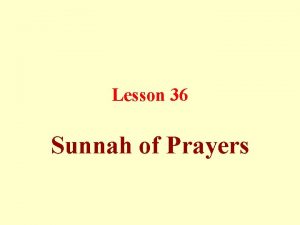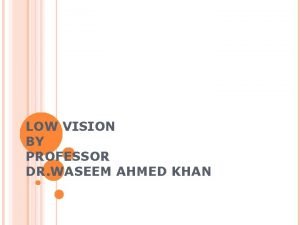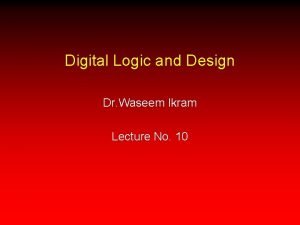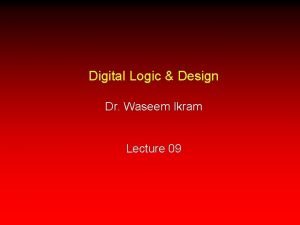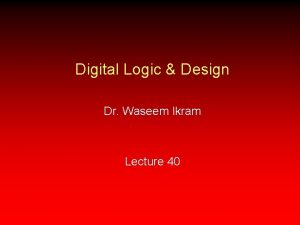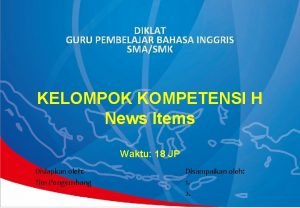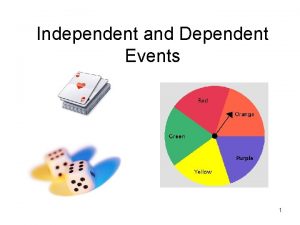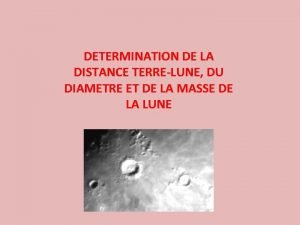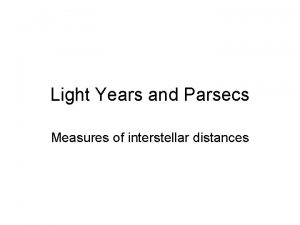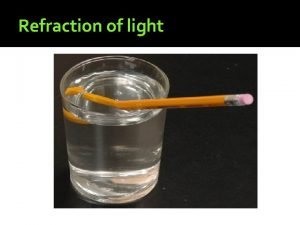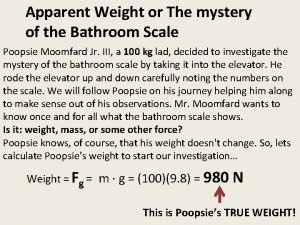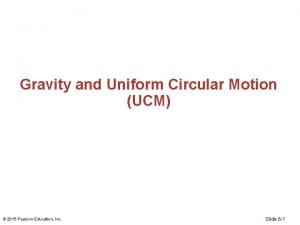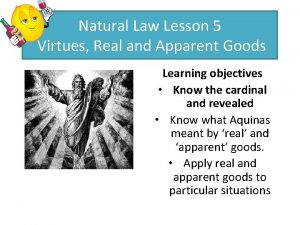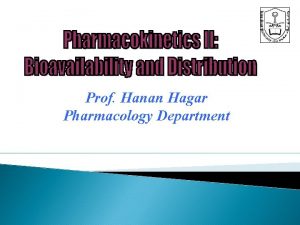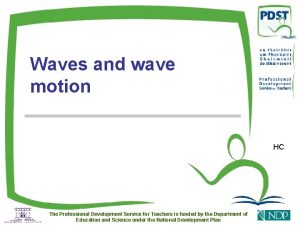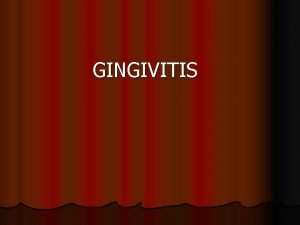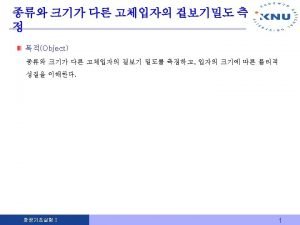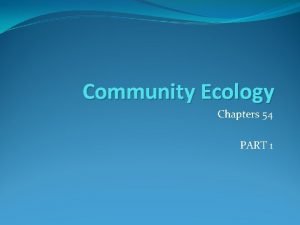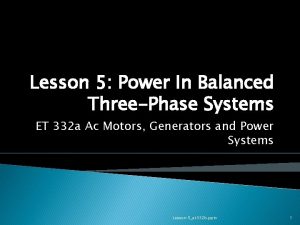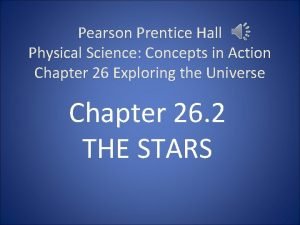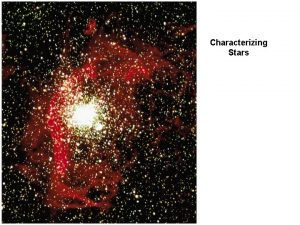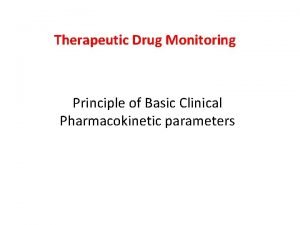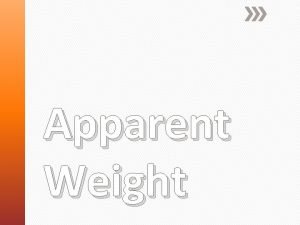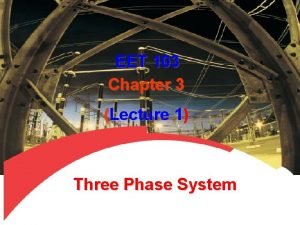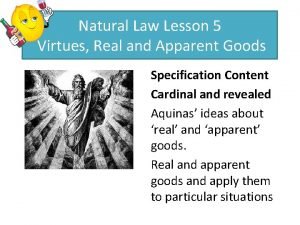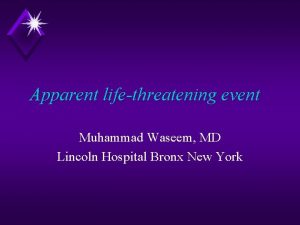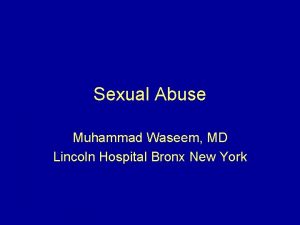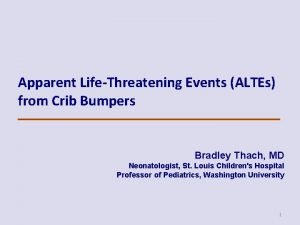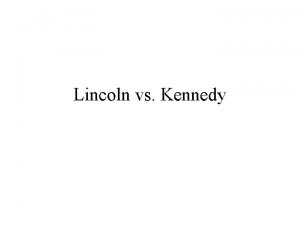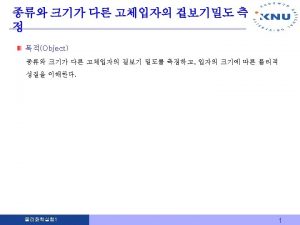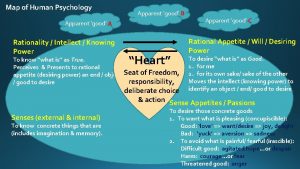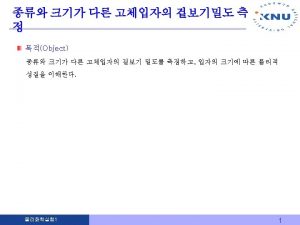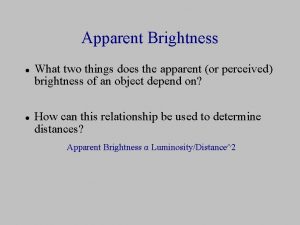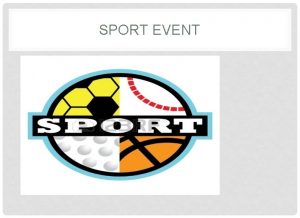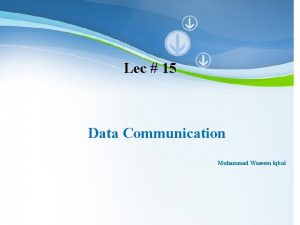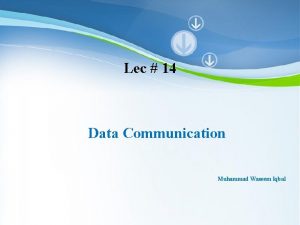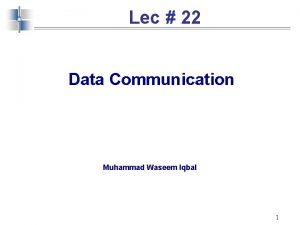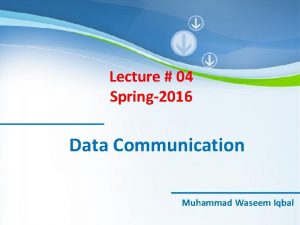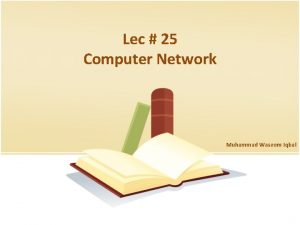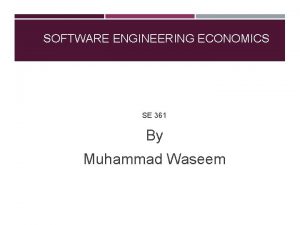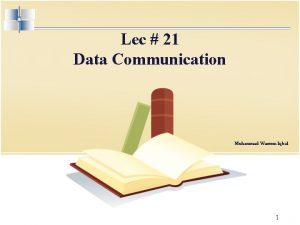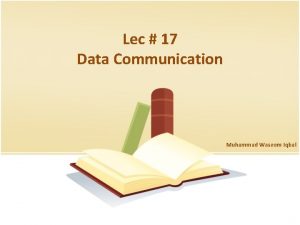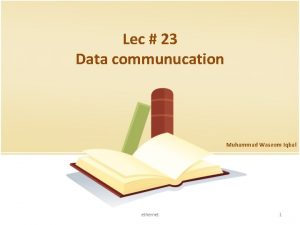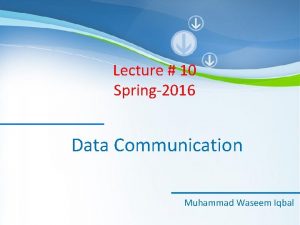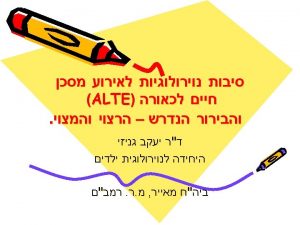Apparent lifethreatening event Muhammad Waseem MD Lincoln Hospital




































- Slides: 36

Apparent life-threatening event Muhammad Waseem, MD Lincoln Hospital Bronx New York

ALTE u Terrifying episodes for both the family and the ED physician u Observer fears that the infant has died

Apparent life-threatening event u An episode that is frightening to the observer u Apnea u Color change (cyanosis) u Change in muscle tone limp u Choking or gagging

ALTE u Not a diagnosis u Description of a characteristic presentation

ALTE u 0. 5 -0. 6% of all infants u True frequency & prevalence unknown u Peak incidence 2 -3 months

ALTE u Apnea u Cessation of respiration for 20 seconds or more u Bradycardia u Pallor or cyanosis

ALTE u Periodic breathing u Rhythmic respiration with short pauses (3 -10 s) u Not associated with bradycardia, pallor or cyanosis u Should not be confused with apnea

ALTE u No typical presentation u “Stopped breathing” (most common) u Stable condition in ED (most common)

ALTE u Can occur during sleep, wakefulness or feeding

ALTE u Relation with SIDS (major fear) u 1 -2% (mild) u 8 -10% (severe) u Identification of cause does not necessarily eliminate the risk

ALTE u Does a life threatening condition exist? u Was the episode clinically significant? u Can an underlying cause be determined?

ALTE -History u Asleep or awake u Red, pale or blue u Relation to feeding u Spontaneous recovery or CPR u Associated movements/ change in tone u “difficult to take care”

ALTE-Physical Examination u Fever or hypothermia u Tachypnea u Poor feeding, irritability or sleepiness u Tone u Fontanels & fundi

ALTE u Can be a symptom of many specific disorder u Specific identifiable cause (50%)

ALTE u GER u Infections (CNS, pulmonary, sepsis) u Hypocalcemia, hypoglycemia, anemia u Seizure u ICP u Dysrhythmia u Child abuse

GER u Physiologic versus pathologic u Infantile versus childhood u Infantile reflux resolve by first birthday

GER u Awake apnea u Usually u Sleep reflux related apnea? u Nocturnal reflux is uncommon

GER u Sandifer syndrome

GER u Intraesophageal u Gold p. H study standard u Difficult to prove

Infections u RSV apnea u< 3 months u Non obstructive u During quiet sleep u Sepsis u Pertussis

Seizure u 4 -7% of all infants with ALTE u risk of SIDS u Clinical diagnosis u Neonatal seizure apnea

Inborn Error of Metabolism u Medium chain acyl Co. A dehydrogenase deficiency (MCADD) u 4% of severe ALTE u 5% of SIDS

Inborn Error of Metabolism u Only apparent during metabolic stress u Fasting u Non ketotic hypoglycemia in previously healthy infant

Inborn Error of Metabolism u First episode is severe u Family history of ALTE &/or SIDS

Child abuse u Up to 5% of SIDS deaths u Most difficult to diagnose u Key to diagnosis is high index of suspicion

ALTE Evaluation u Whether the event represents an ALTE or not? u Not every infant needs all these tests u No routine evaluation u Should be guided by history & physical

ALTE u CBC? u EKG? u Chest X-ray? u Upper GI? u EEG? u p. H probe?

ALTE u Most important is accurate history u Absolute determination of significant episode may not be possible in ED u Often the best investigation is a short period in hospital with monitoring

ALTE u Admit any child with ALTE criteria u Further evaluation & monitoring u Parent education

Quiz -ALTE u 2 year old with c/o “stopped breathing” u Screaming after toy taken by playmate u Stopped breathing limp & blue 15 sec u Resolved spontaneously u Now alert & normal exam

Breath holding Spells u Frightening u 3% experience for the parents of all children u Ages 1 u May and 5 years begin before 6 months (25%)

Breath holding Spells u Always provoked by pain, anger or frustration (unpleasant stimulus) u Prolonged u Rapid u Normal expiratory apnea development of cyanosis physical & neurological exam

Breath holding Spells u Prolonged expiratory efforts without inspiratory efforts u Interruption in favorite activity cry red & blue

Quiz -ALTE 5 month-old male infant couldn’t breath about an hour after feeding u Mother describes “Struggling or gasping to breath” u Well on arrival u Afebrile, HR 110, RR 24, BP 74/46 u Wt 4. 3 kg & oral thrush u

Quiz -ALTE u 16 month old girl with cerebral palsy u Stiff limp (almost 5 minutes) u Mother described as “she was dead” u “Out of it” for next hour u No fever, trauma or other recent ill contacts

Quiz -ALTE u. A 3 month old infant “stopped breathing while sleeping”. Mother describes as weak and blue and “looked dead” u Improved with mouth to mouth breathing u Well appearing in ED
 Abraham lincoln william wallace lincoln
Abraham lincoln william wallace lincoln Allahumma salli ala muhammad wa ala ali muhammad
Allahumma salli ala muhammad wa ala ali muhammad Allahumma salli ala muhammad wa ala ali muhammad in english
Allahumma salli ala muhammad wa ala ali muhammad in english Schizoid personality disorder
Schizoid personality disorder Dr waseem ibrahim
Dr waseem ibrahim Waseem ikram
Waseem ikram Waseem ikram
Waseem ikram Waseem ikram
Waseem ikram Simple event and compound event
Simple event and compound event Language features
Language features Independent or dependent
Independent or dependent Chaernobyl
Chaernobyl Independent vs dependent events
Independent vs dependent events Near miss analysis
Near miss analysis Swot analysis event management
Swot analysis event management Hospital pharmacy
Hospital pharmacy Période de révolution
Période de révolution Magnitude formula
Magnitude formula Total internal reflection in diamond
Total internal reflection in diamond Real limits vs. apparent limits
Real limits vs. apparent limits Fbd breaks
Fbd breaks Apparent competition
Apparent competition Apparent weight formula
Apparent weight formula Secondary precepts list
Secondary precepts list Apparent volume of distribution
Apparent volume of distribution Constructive and destructive interference
Constructive and destructive interference Contour of gingiva in gingivitis
Contour of gingiva in gingivitis Apparent bulk density
Apparent bulk density Realized niche
Realized niche Ac systems lesson 5
Ac systems lesson 5 How to find apparent weight
How to find apparent weight Absolute brightness def
Absolute brightness def Apparent magnitude
Apparent magnitude Hepatic extraction ratio
Hepatic extraction ratio A man of weight 75 kg is standing in an elevator
A man of weight 75 kg is standing in an elevator In a triangle connected source feeding
In a triangle connected source feeding Real and apparent goods
Real and apparent goods

